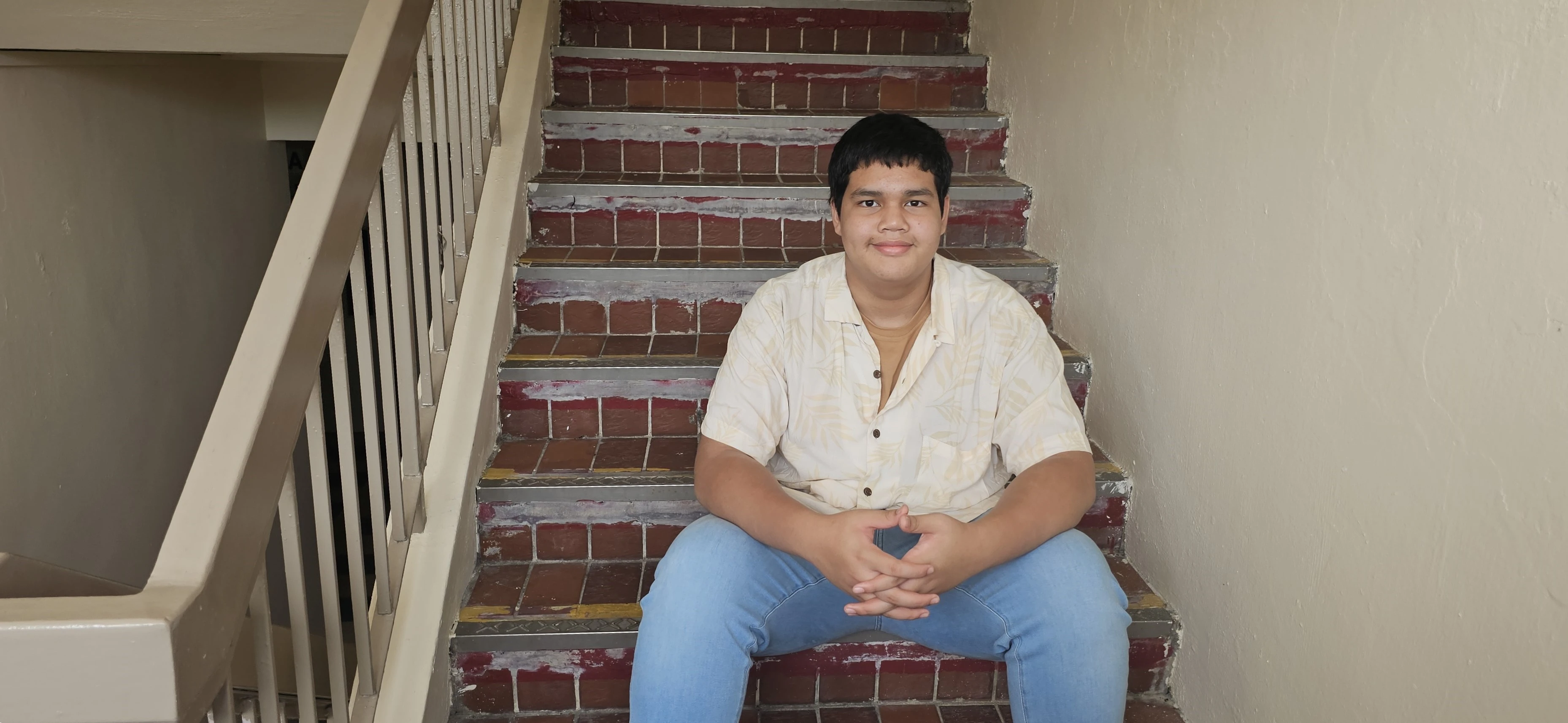Parenting Children with a Large Age Gap

With greater flexibility in our family planning today, it’s increasingly common to see families having children of a large age gap. While parenting may not be easy, raising children with a significant age gap between them offers a unique set of joys and challenges.
TOUCH Parenting shares the benefits and challenges of parenting children with a large gap, along with some tips and strategies to help you make it work!
BENEFITS OF PARENTING CHILDREN WITH A LARGE GAP
Support with caregiving tasks: Older children can be valuable helpers with caregiving tasks like feeding, playing, or even babysitting their younger siblings. This fosters a sense of responsibility and builds their patience and maturity as they learn to care for the younger ones.
One-on-one attention: Parents can give each child more individualised attention since their needs and developmental stages would differ significantly and may not overlap as much. This gives room for more focused and purposeful playtime tailored to each child's needs and interests.
Lesser sibling rivalry: Children with a big age difference are likely at different stages of development. Their needs and abilities naturally diverge, reducing the potential for clashes and competition.
CHALLENGES OF PARENTING CHILDREN OF A LARGE GAP
Feeling obliged to care for the younger sibling: While encouraging the older child to care for their younger sibling is a positive idea, the caregiving responsibilities may morph into an overwhelming obligation, potentially leading to resentment in the older child.
Finding common ground: Planning activities that appeal to children at different life stages can be a challenge. The younger child may crave constant companionship while the older one prefers independent activities, making it difficult to find activities that both children find enjoyable.
Meeting individual needs: As the children are at different stages of development, parents may struggle to accommodate different developmental needs and interests simultaneously [1]. A toddler, for example, requires constant attention and supervision, which can be incredibly demanding for parents who also need to address the academic needs of their older child.
TIPS AND STRATEGIES TO PARENT CHILDREN OF A LARGE AGE GAP
Foster understanding: Seek to create an inclusive family environment where each child feels loved, valued and respected, regardless of their age. Help your older child understand that their younger sibling is still developing their cognitive and social-emotional skills [1] and offer them advice on managing the latter's difficult behaviour. Encourage open communication and mutual respect among the children, emphasising the importance of understanding and appreciating each other's differences.
Treat your older child as a child: Remember that your older child is still a child and should not be treated as the third parent. They may feel resentful or pressured to take on parental responsibilities, which may strain their relationship with you or their younger sibling. The caregiving role should be taken on voluntarily and encouraged through positive affirmation and appreciation. Try seeing things from your older child’s perspective and listen with empathy if they express frustration with their younger sibling. Schedule one-on-one time just for them by planning a date to the movies or have a meal together.
Be flexible and adaptable: Flexibility is key when parenting children with a large age gap, as each child's needs and interests may differ significantly. Parents need to be prepared to adapt and change activities to meet the needs of each child. Planning activities with a range of difficulty levels would allow all children to participate and feel included. This could also involve the older child lending a hand to the younger one during parts of the activity, which helps strengthen bonds between the children.
Address age-related challenges: As parents, be mindful of age-related challenges such as jealousy and resentment towards their siblings or feelings of exclusion that may arise among the children. Encourage open communication by creating a safe space where all children feel comfortable expressing their feelings, frustrations or challenges without fear. Listen actively and let the children know that their feelings are valid. Work together with them to find a common ground to tackle these challenges.
Prioritise self-care: Parenting children with a large age gap can be demanding, both emotionally and physically. Carve out time to engage in self-care activities such as reading a book or going for a run. Don’t be afraid to seek help when needed to prevent burnout and maintain your well-being.
Regardless of its challenges, raising children with a large age gap can be a rewarding journey. With a positive and proactive mindset, you can adapt your parenting approach to meet the needs of your children and create an inclusive and harmonious environment for them to thrive in!
TOUCH Parenting aims to strengthen parent-child relationships by providing parents with relevant parenting resources through every stage of their parenting journey. It conducts informative talks and workshops which empower parents with knowledge on preparing for and raising a new-born, navigating the digital age with their child, parent-child communication, and nurturing resilient children and youths. It is also appointed by the Ministry of Social and Family Development as the Parent Support Provider (PSP) for Primary and Secondary schools in Singapore.
Sources
1. “Parenting tips for kids with a wide age gap” Bright Horizons, 1 Jun. 2021, https://www.brighthorizons.com/resources/Article/parenting-tips-for-when-children-have-a-wide-age-gap


